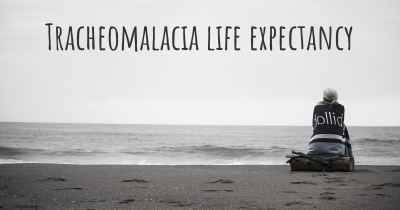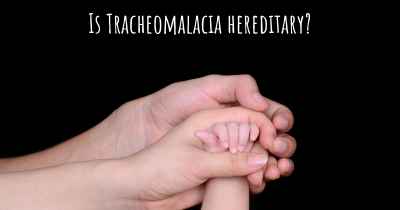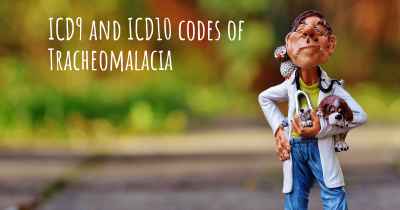What are the best treatments for Tracheomalacia?
See the best treatments for Tracheomalacia here

Treatments for Tracheomalacia
Tracheomalacia is a condition characterized by the weakening or collapse of the tracheal walls, leading to breathing difficulties. It can affect individuals of all ages, from infants to adults. While tracheomalacia can be a challenging condition to manage, there are several treatment options available that can help alleviate symptoms and improve quality of life.
1. Observation and Monitoring
In mild cases of tracheomalacia, observation and monitoring may be the primary approach. This involves regular check-ups with a healthcare professional to assess the progression of the condition and monitor any changes in symptoms. It is important to closely monitor infants and children with tracheomalacia, as they may outgrow the condition as their airways develop and strengthen over time.
2. Medications
Medications can be prescribed to manage the symptoms associated with tracheomalacia. For example, bronchodilators may be used to help open up the airways and improve breathing. Anti-reflux medications can also be prescribed to reduce acid reflux, which can exacerbate tracheomalacia symptoms. It is important to consult with a healthcare professional to determine the most appropriate medications for individual cases.
3. Positive Airway Pressure
In some cases, positive airway pressure techniques may be employed to support breathing and reduce tracheomalacia symptoms. Continuous positive airway pressure (CPAP) or bilevel positive airway pressure (BiPAP) machines can be used to deliver a steady flow of air into the airways, helping to keep them open during sleep or rest. These devices are often used in infants and children with severe tracheomalacia.
4. Surgical Interventions
In more severe cases of tracheomalacia, surgical interventions may be necessary. The specific surgical procedure will depend on the individual's condition and the severity of the tracheomalacia. Some common surgical options include:
- Tracheostomy: This procedure involves creating an opening in the neck and inserting a tube directly into the trachea to bypass the collapsed area. This allows for easier breathing and can be a temporary or permanent solution.
- Aortopexy: Aortopexy is a surgical procedure that involves repositioning the aorta, the main artery of the heart, to relieve pressure on the trachea. This helps to keep the airway open and reduce tracheomalacia symptoms.
- Tracheal Stenting: Tracheal stenting involves placing a stent, typically made of silicone or metal, into the trachea to provide structural support and prevent collapse. This procedure can help improve airflow and alleviate breathing difficulties.
5. Pulmonary Rehabilitation
Pulmonary rehabilitation programs can be beneficial for individuals with tracheomalacia, especially those with associated lung conditions. These programs typically involve a combination of exercise, breathing techniques, and education to improve lung function, increase exercise tolerance, and enhance overall respiratory health.
6. Lifestyle Modifications
There are certain lifestyle modifications that can help manage tracheomalacia symptoms and reduce the risk of complications. These include:
- Avoiding triggers: Identifying and avoiding triggers that worsen symptoms, such as respiratory infections, irritants, or allergens.
- Positioning: Maintaining an upright position during feeding and sleeping to optimize airflow and reduce the risk of aspiration.
- Weight management: Maintaining a healthy weight can help reduce the strain on the respiratory system and improve breathing.
- Smoking cessation: Quitting smoking and avoiding exposure to secondhand smoke is crucial for respiratory health.
It is important to note that the most appropriate treatment plan for tracheomalacia will vary depending on the individual's age, overall health, and the severity of the condition. A healthcare professional, such as a pulmonologist or otolaryngologist, should be consulted to determine the best course of action.








